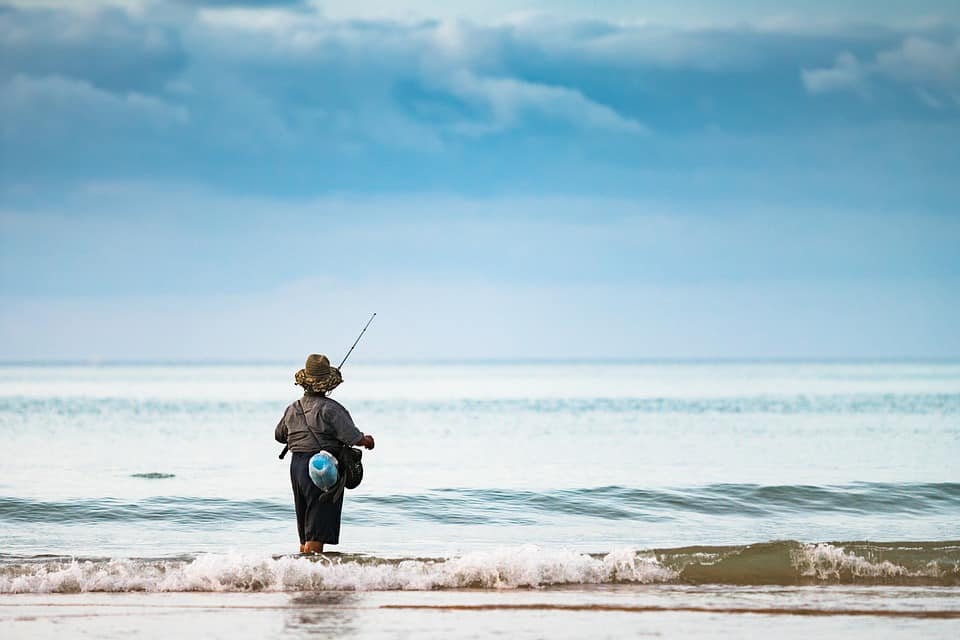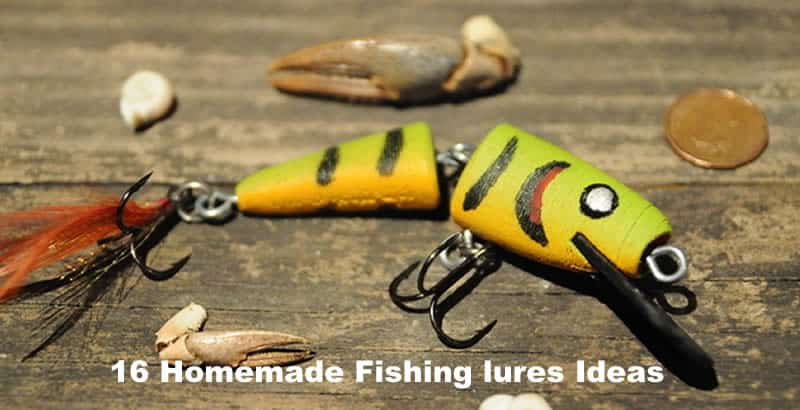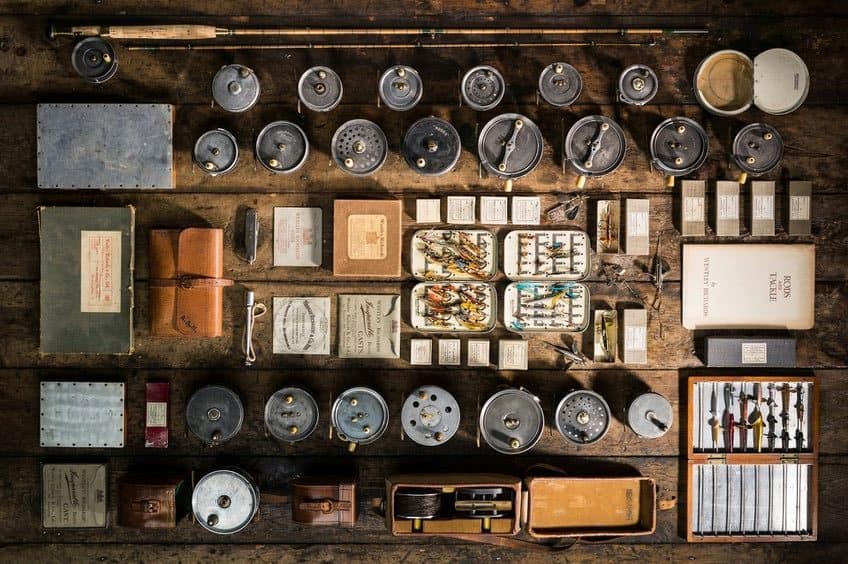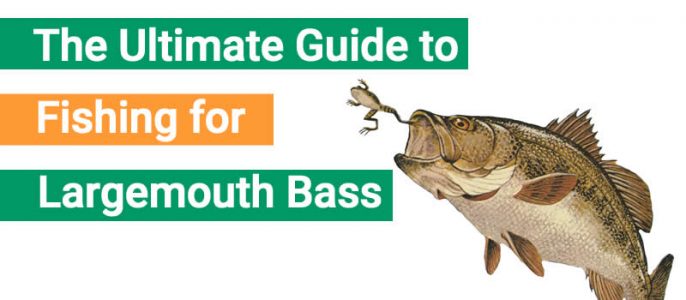If you buy via a link on this page, we may receive a commission, at no extra cost to you.Learn more
A fishing line is a crucial component of your overall setup. An old or damaged line will not complete its task. Nobody wants to lose their first decent fish of the season. Fishing line, like most products, has a shelf life. Once you take the line from the packaging, the shelf life begins to deteriorate. Even a new fishing line, in its packaging, may weaken if stored incorrectly.
So, how long does a fishing line last? Monofilament line, on average, can last two to three years. Fluorocarbon lines can last up to seven or eight years. Braided lines, when cared for, can last up to ten years.
Do I Need To Change My Line Every Season?
Will last year’s fishing line be good to fish with this season? That will depend on how the line was stored and its current condition. Monofilament lines and fluorocarbon lines will have a shorter life span. Braided lines, when treated correctly, can last for years. Do we have to buy a new fishing line every season? Not always.
Read on, and we will show you how to care for and maintain your line.
How Do I Know If My Fishing Line Is Still Good?
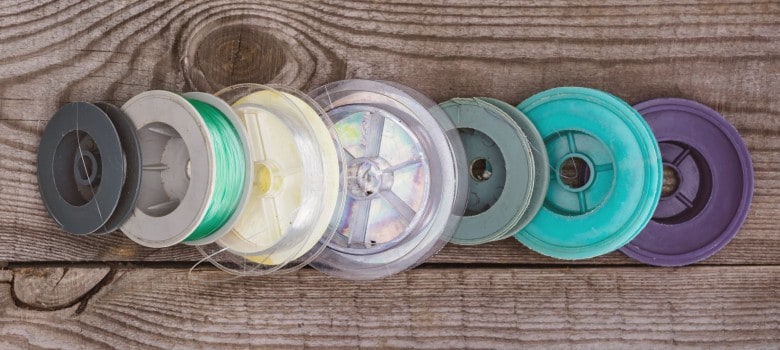
I always check my fishing line regularly. How much UV exposure has the line endured? Some anglers travel long distances with a rod and line lying on the boat floor. The fishing rod and attached line are in the full blare of the sun. This will cause unnecessary UV exposure to the fishing line. Always break the rod down and put the rod and reel in your car. Check the line for abrasions. Run your finger and thumb along the line to detect any damage. Most of the nicks and cuts will be in the first few yards of the line. Remove any damaged line. Visually inspect the line. If there is color discoloration in the line, there may be UV damage. Remove any line with UV damage. The next inspection will be after you cast into the water.
Why Did My Fishing Line Go Bad?
Once you spool a new line onto a reel, it becomes exposed to the elements. Even if you store it correctly, it will become exposed to UV rays when fishing. This is due to sun exposure. The first cast will put the line into the water. Saltwater is particularly harsh on a fishing line. After fishing in saltwater, the line, and all your gear needs, to be rinsed in freshwater.
When your line is in the water, it is subjected to rocks, structures, and garbage. All of these things can cause abrasion to the line. There may be broken bottles or jagged metal in the water. All lines but fluorocarbon, in particular, has a memory. Fishing lines have what is called line memory. Line memory begins as soon as you spool the line onto a reel.
The longer the line is fitted to the spool it will remember the shape of the spool. When you cast, it will tend to curl as the line comes off the spool. This can cause frustration and ruin your day. All of these factors contribute to a line going bad.
How Do I Prevent Line Memory?
Thinner fishing lines will have less memory than heavy-duty lines. Thicker lines lose flexibility, and line memory will increase. Braided lines claim to have virtually no line memory. Monofilament lines are somewhere in the middle. All fishing lines will become stiffer as they get older. An older line will be more susceptible to line memory.
Preventing line memory starts with how you spool the line. Invest in a fishing line spooler. You can get one for around $25. The spooler will prevent any twists or folds in your line. This will rule out any initial problems.
If you encounter any twists in the line, deal with them immediately. On land find an anchor spot. Tie a loop to the anchor. Attach the line to the anchor using a swivel. Walk the line out until it’s almost at the end. Keep the line taught and reel back towards the anchor.
If you are fishing from a boat, put the bare line into the water. Slowly move the boat forward, allowing the line to unravel in the water. When the line is almost finished, stop the boat. Reel the line back in and allow the water to remove any kinks. Both of these methods will remove line memory.
How Long Does Fishing Line Last In Storage?
This will depend on the quality of the fishing line you buy and where it is stored. A lower-quality monofilament line may only last 1-3 years. Higher-quality lines may last 4-6 years. Fluorocarbon lines, stored correctly, can last 6-8 years. A good quality braid line, cared for, can last 8-12 years.
When I first moved to Canada, I stored my fishing gear in a wooden shed. The shed had neither heating nor air conditioning. In the summer, the shed was exposed to extreme heat and humidity. The winter brought temperatures as low as minus 40 F. These extremes of temperatures ravaged my lines. The lines became brittle. Fishing lines should be stored in the house where temperatures and moisture are less likely to fluctuate.
How Long Can I Store A New Fishing Line?
A new line, in its packaging and stored correctly, will last a long time. In saying that, as soon as the line has been manufactured, it’s already starting to degrade. You don’t know how the line was shipped nor how long it was stored by the seller. Fishing lines are always evolving. There is no hard and fast rule here. Generally speaking, if I have a new line in its packaging for six years, it’s time to say goodbye. The line is probably good if stored correctly. Give it to somebody who is just starting to fish.
When Do I Need To Change My Fishing Line?
You will know when you need to replace a fishing line. Of the three aforementioned lines, monofilament will need to be replaced more often. The fluorocarbon line will last longer, and finally, the braided line has the best life span. The need to change out your line will depend on usage and maintenance. If you have lost a third of the overall line, then it’s time to change. If a line snaps when snagged or when hooked into a fish then it needs replacing. The fishing line will not last forever. By proper maintenance, we can extend the line’s life span.
What Is End Of Season Line Care?
Let’s look at how to inspect your line at the end of the season before storage. Here are 6 easy steps to ensure the line is good for next season.
- 1: On your last fishing outing, when you are finished, inspect your line. Check for abrasions, nicks, and cuts. Remove any damaged line. If there is any line memory, deal with it before storage.
- 2: Every fishing line is paired to a rod. Inspect the eyelets on the rod. Any nicks in the eyelet will damage your line. Fix or replace the eyelet and inspect the line for damage.
- 3: Do not store the line attached to the rod by using a lure or hook. If you tighten the line and put pressure on the rod, this will cause damage. The top eyelet can pinch a groove in the line. A heavy line can pinch a groove in the top eyelet.
- 4: Remove all lures, weights, and swivels. Reel the bare line onto the spool. Take the loose line in your fingers and tighten the line. Secure your line to the reel with a loose elastic band or a little electric tape. Do not put pressure on the line by putting a tight elastic band on the spool.
- 5: Spray the line with fresh water and allow it to dry. Give the line a light spray of line conditioner and allow it to dry. Line conditioners work to soften and lubricate a line. They help reduce line memory and improve casting distance.
- 6: Store the line in a cool dark place. Avoid places that fluctuate in temperature.
How To Recycle Fishing Lines And Why You Should
Every angler should have a passion for nature. That’s why we go out and fish. We need to respect the environment and the fish that we catch. Discarded fishing lines can be a hazard to many forms of wildlife. These can include birds, fish, and other aquatic animals.
In some circumstances, they can be a hazard to humans. Nest sites and infrastructure can be affected. Boats can have lines caught in their rotors. Fluorocarbon and monofilament lines, the most common lines, are hard to break down naturally. They can take hundreds of years to break down. Throwing fishing lines in landfill can negatively affect the environment.
Many landfill sites have environmental days where you can take old lines to be disposed of responsibly. Good tackle shops will take your old line when you are buying a new fishing line. If your area does not have these facilities put your old line into a container before you dump it.
Final Thoughts
The purpose of this article was to find out how long fishing lines will remain usable. There is no definitive answer to that question. Take care of your line and extend its life span. Ensure there are no problems before fishing. Spend less money on fishing lines and protect nature. Happy fishing

